Juxtaposition
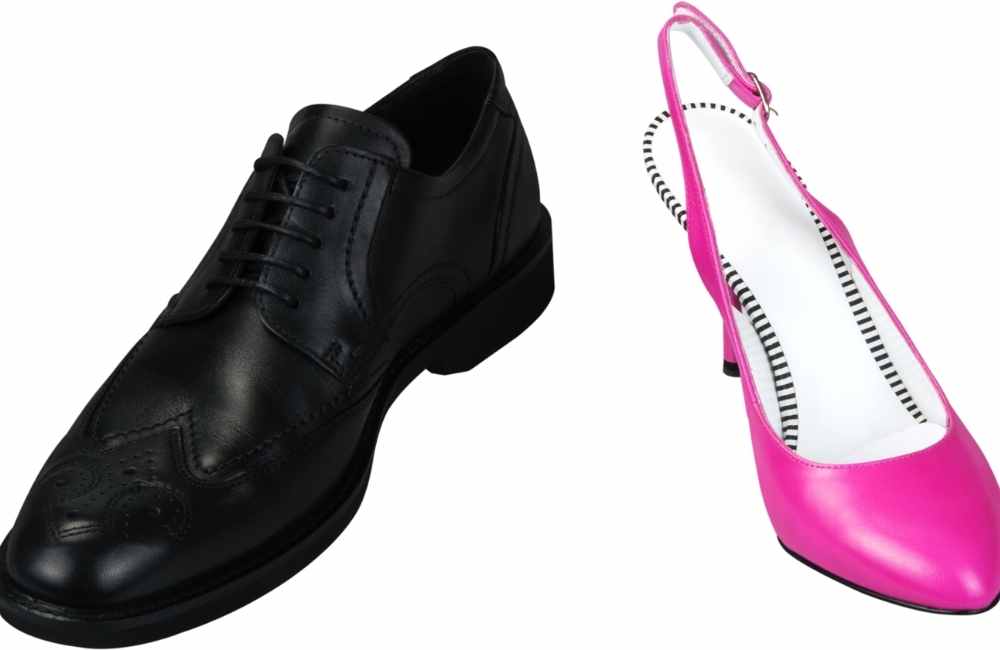
Juxtaposition is a gesture or occasion of setting down two or more things side by side. It is an act of putting two or more different elements side by side. The term ‘juxtaposition’ comes from associating the Latin word ‘juxta’ meaning ‘next’ and the French word ‘position’. Juxtaposition enhances the contrast in the elements that are together.
What is Juxtaposition?
Juxtaposition is the placement of words next to each other for contrast and comparison. This highlights their similarities and differences. It shows the contrast in concepts that are placed side by side.
In many instances, it is also used to show or create interesting effects.
For example, The juxtaposition of colors in a rainbow makes it look as pretty as a picture.
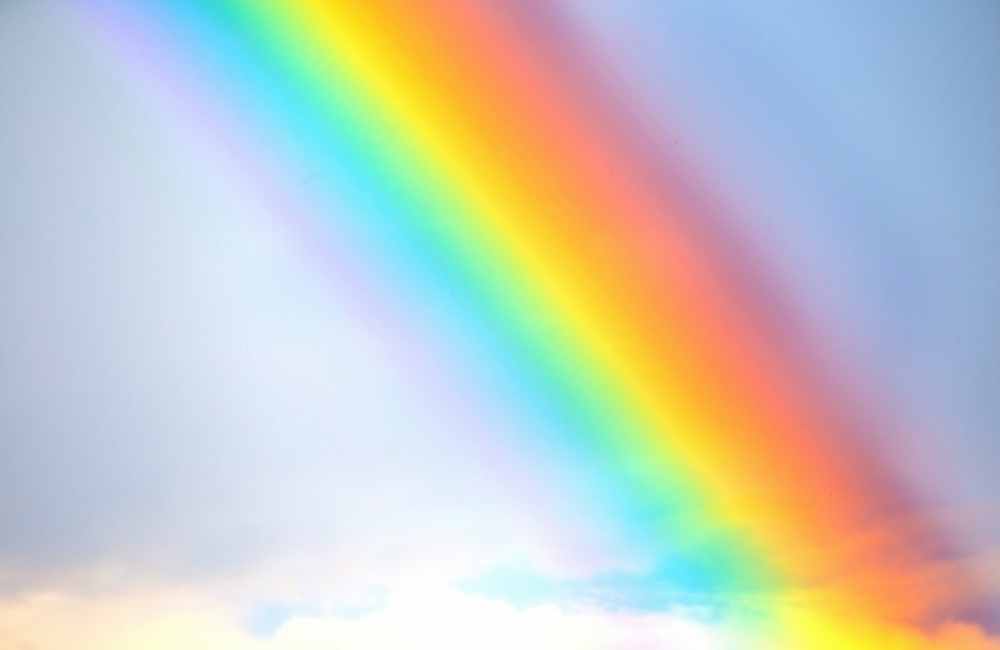
The word ‘juxtaposition’ shows us the image a rainbow creates. This is in contrast to highlighting the differences between the colors present in it.
Yet, in most cases, the word ‘juxtaposition is used to compare and contrast the elements considered.
Juxtaposition Examples
Examples of some common juxtapositions used:
- Good and Evil
- Light and Darkness
- Urban and Rural
Many of these examples are used in our day-to-day lives as well.
Here are some proverbs that are examples of juxtapositions:
- All’s fair in love and war: Even though love and war are opposites, this proverb says that they have one similarity. It says that anything can happen in love and war. This juxtaposition shows that the two words may be more similar than they are.
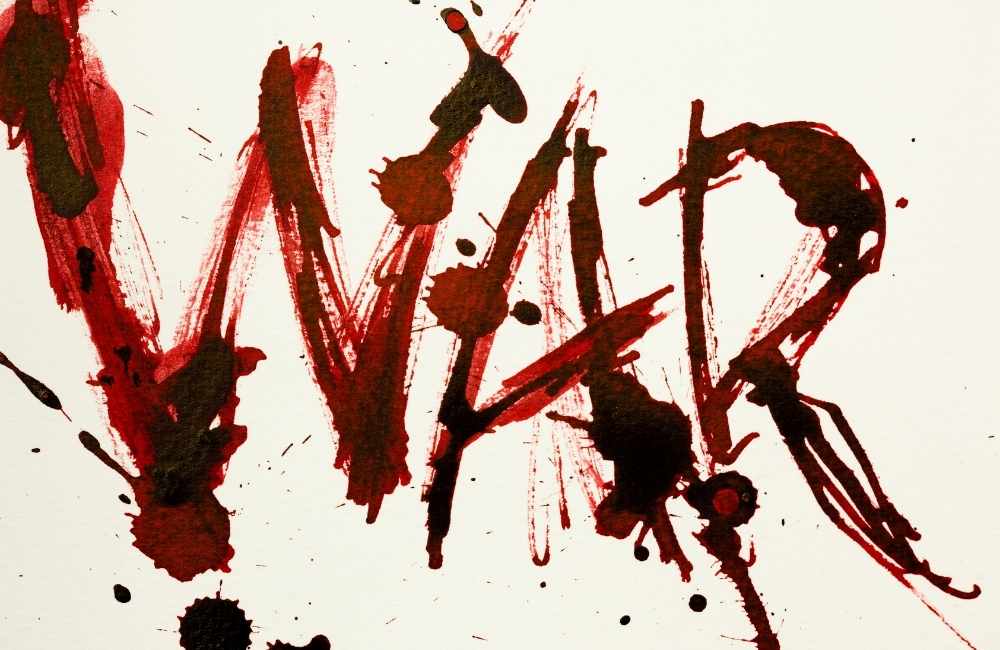
- Making a mountain out of a molehill: This juxtaposition signifies extent and size. A molehill is almost invisible in front of the size of a mountain. This proverb tells us not to intensify a problem that is not such a big deal.
- Beggars can’t be choosers: The words ‘begging’ and ‘choosing’ don’t go hand in hand. This proverb states that you cannot be in despair and at the same time aim to have desired results.
These are some famous proverbs that hold a much deeper significance and are often used as morals of life.
Why is Juxtaposition used?
In our daily lives, we see a variety of contrasts. Many times we tend to compare the differences in a variety of elements, such as what to consider, what not to consider, and so on.
This is the very core from which juxtapositions originate. Comparison and contrast often take the shape of emphasis, irony, humor, and sadness. Hence these aspects are used by writers and poets to sketch out a scenery. They use this to outline a character or make plots in a story.
Juxtaposition is also used by artists to portray different emotions in their paintings as well.
- All shapes and sizes: Animals such as dogs are of many breeds. Hence, two dogs of completely different sizes state a juxtaposition of magnitude.
- Old and new: Many times, we have come across places where a new building is erected right next to an old building. So even though both may be apartment complexes they are in total contrast to one another in age.
Juxtaposition in Literature
Where in real life ‘compare’ and ‘contrast’ may or may not be intentional, in literature, juxtaposition is a literary device used to create a situation. In this situation, the reader will compare and contrast the given elements.
When a writer juxtaposes two elements, readers tend to compare, contrast and look at the relationship they have in a deeper sense.
This is done with a few intentions in mind :-
- It can be to draw a link between two completely unrelated entities.
- To bring humor to the plot.
- It can be to intensify and bring elements of suspense to the plot.
- Or to compare the two suggesting that one is better than the other.
If you are writing and want to know about Literary Syntax then you can check our article.
Here are some examples of juxtaposition from familiar novels and stories:–
- Human and animal instinct in Life of Pi.
- Muggle and wizard worlds are depicted in the Harry Potter series.
- Wealth and poverty in The Prince and the Pauper.
Here is an excerpt from the novel Anna Karenina written by Leo Tolstoy:
‘Happy families are alike; every unhappy family is unhappy in its way.’
The writer tries to show us the difference between happy and unhappy families. This creates an interest in the reader to know how exactly the unhappy family is unhappy in the novel.
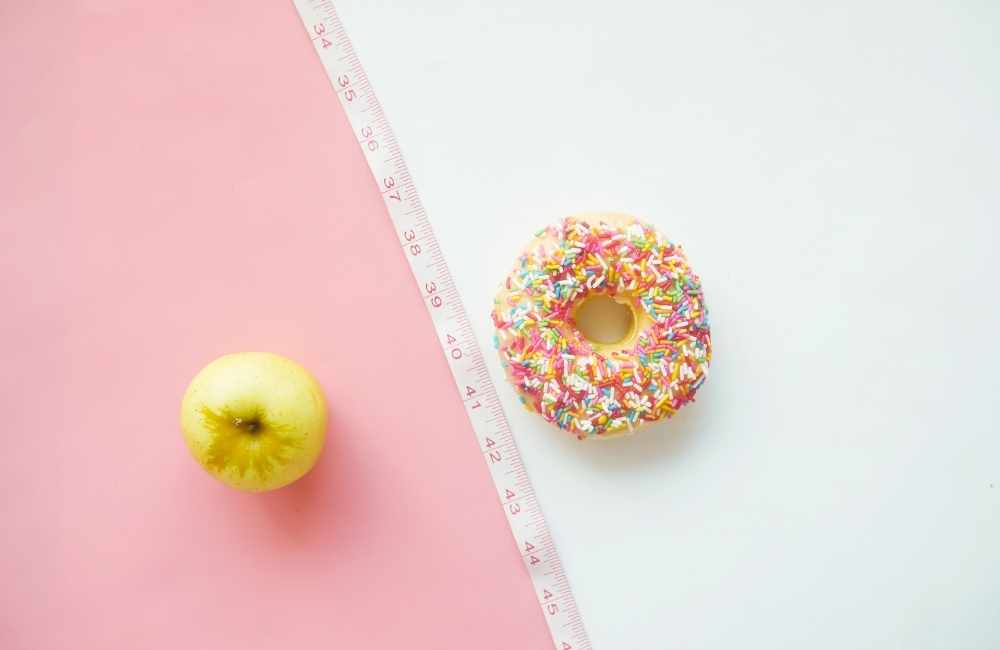
Being a literary device, juxtaposition is not only about placing two or more elements side by side for comparison. There should be some meaning to the juxtapositions mentioned. This will highlight the literary work and make it significant to the reader.
Juxtaposition in Poetry
As in novels, plays, and excerpts, juxtaposition used in poems must have a sense of understanding. They must have a proper intention to relay what the poet wants to convey to the readers.
For example, an excerpt from the poem The Road Not Taken by Robert Frost,
Two roads diverged in a wood, and I–
I took the one less traveled by,
And that has made all the difference.
This poem has given us a literal juxtaposition of two paths that lay in front of the poet. It also symbolizes a metaphorical juxtaposition. This gives two possibilities the poet faces. He says that he chose the path that has been less traveled on.
Despite this, the poet is in a difficulty where he cannot choose both roads. On one hand, it encourages readers to try out less popular options. On the other hand, it suggests that the poet wonders what would have changed if he had taken the other road. Hence, the juxtaposition in this poem suggests that in life, we cannot choose both ways to travel.
Common Juxtaposition
- A Butler’s life: A butler spends his day in a lavish mansion wearing a tuxedo. As his day ends, he returns home to a small, run-down apartment.
- A person may shower his children with emotions. On the contrary, he is dignified and elegant in front of his parents and the elderly.
- A genius unmatched in knowledge may have no communication skills.
Juxtaposition in Popular Culture
- One very common example of juxtaposition is that of mathematics. This is in the field of algebra where terms called variables are used. The idea of using alphabets with numbers in mathematics is a juxtaposition. The usage of both of these elements separately is completely different. They come together to bring about a different image which is that of algebra!
- We see ads. Instead of actors, popular TV stars such as sports personalities advertise the product.
Juxtaposition Vs Foil
Foils are a specific type of juxtaposition. It is a character that has a contrasting nature to that of a given character in any creative setup. It has a unique ability to highlight these differing aspects between characters. We know that all squares are rectangles but not all rectangles are squares. Similarly, all foils are juxtapositions but all juxtapositions are not foils.
Example:
Juxtaposition- Heaven and hell
These words depict paradise and suffering rather than showing completely different pictures. It is based on a setting rather than being completely opposite elements.
Foil- God, and Satan
Juxtaposition Vs Antithesis
Antithesis is also a type of juxtaposition. It is limited to terms that strongly oppose one another or are exact opposites.
Example: “That’s one small step for a man, one giant leap for mankind.”
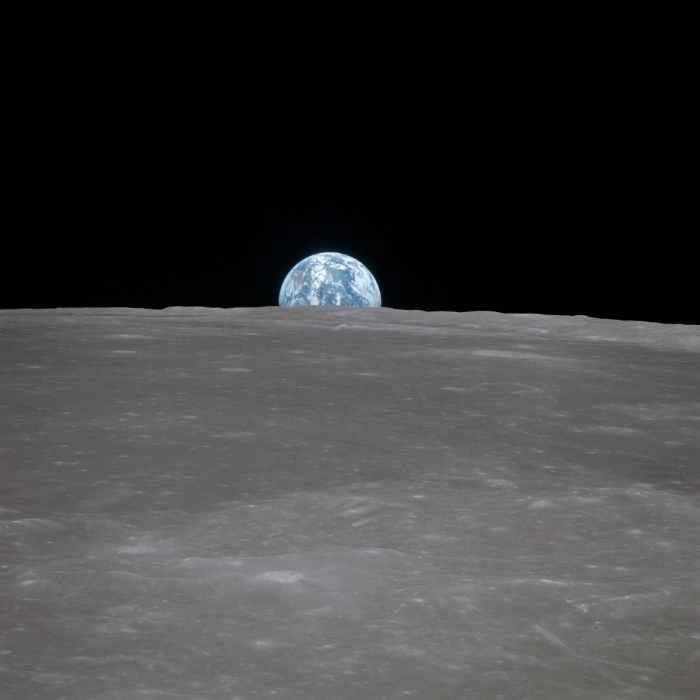
These words of Neil Armstrong are an example of antithesis.
Juxtaposition Vs Oxymoron
An oxymoron is a specific type of juxtaposition. It is a figure of speech in which two elements are placed together to highlight the contrast in them. In an oxymoron, it is necessary to place elements that have contradictions. These contradictions create unique effects.
Examples:
- Living dead
- Awfully good
- Deafening silence
Juxtaposition and its various types together form an element of language. It creates challenges and helps us discover things that are usually kept apart. This brings them closer to visualize the differences in them. These contrasting effects create elements of surprise and suspense among the readers.
